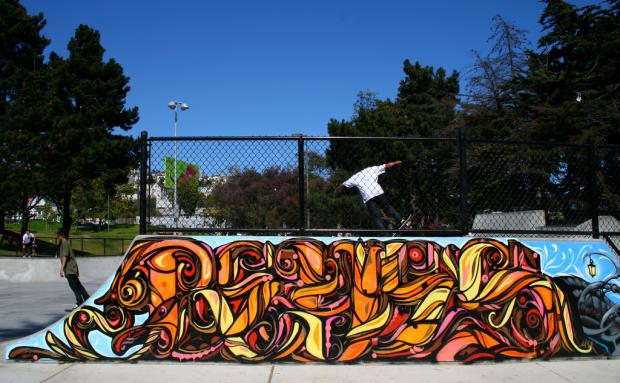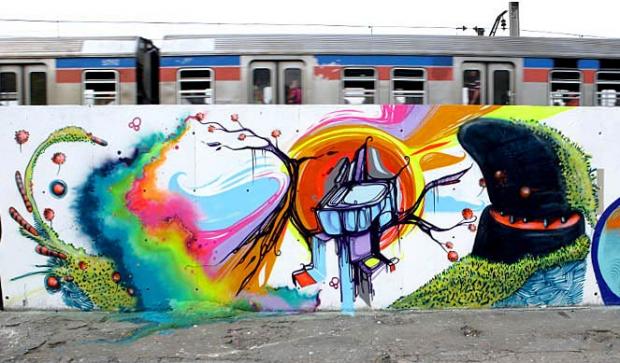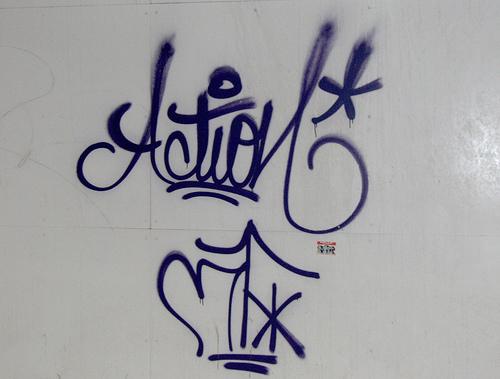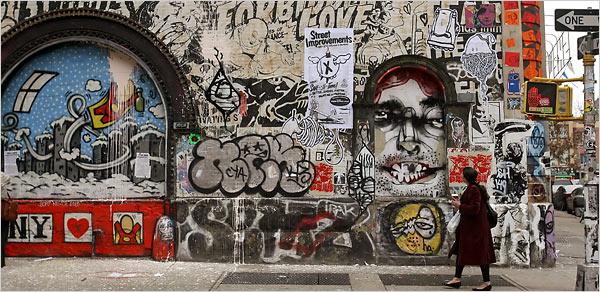(šeit ir tikai īss info. par katru nedaudz. kam ir zinams kas vairak un plašāk, lūdzu rakstiet.)
(Street art is any art developed in public spaces — that is, "in the streets" — though the term usually refers to art of an illicit nature, as opposed to government sponsored initiatives. The term can include traditional graffiti artwork, stencil graffiti, sticker art, wheatpasting and street poster art, video projection, art intervention, guerrilla art, flash mobbing and street installations. Typically, the term Street Art or the more specific Post-Graffiti is used to distinguish contemporary public-space artwork from territorial graffiti, vandalism, and corporate art. )
Bieži vien cilvēki to visu jauc kopā vienā nosaukumā - graffiti.
GRAFFITI - Graffiti is the name for images or lettering scratched, scrawled, painted or marked in any manner on property. Graffiti is sometimes regarded as a form of art and other times regarded as unsightly damage or unwanted. Some people think of it as art, others vandalism, and others, a culture of its own.
STENSIL - Stencils have also become popular for graffiti, since stencil art using spray-paint can be produced quickly and easily. These qualities are important for graffiti artists where graffiti is illegal or quasi-legal, depending on the city and stenciling surface. The extensive lettering possible with stencils makes it especially attractive to political artists. For example, the anarcho-punk band Crass used stencils of anti-war, anarchist, feminist and anti-consumerist messages in a long-term graffiti campaign around the London Underground system and on advertising billboards.[1] Also well known for their use of stencil art are Blek le Rat from France, Banksy, a British artist and New York artist John Fekner.
TAG - A "tag" is the most basic writing of an artist's name in either spray paint or marker. A graffiti writer's tag is his or her personalized signature.
kāds mākslinieks reiz teica : graffiti ari ir maksla, tikai makslas pasaule vel nav sapratusi kā ar to rēķināties.





















